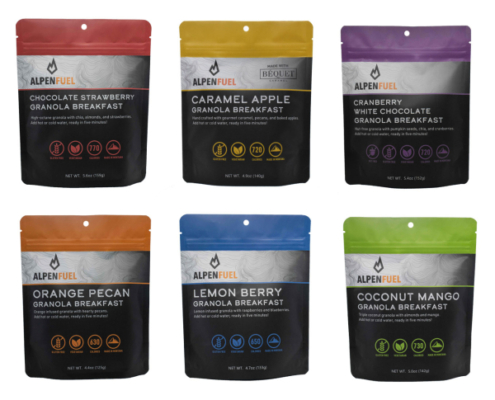In times of crisis, maintaining a sense of normalcy and morale helps our well-being. While emergency rations are typically associated with basic sustenance, it’s possible to turn these essentials into gourmet-style meals. Today, we’ll explore tips on transforming what could be considered boring emergency supplies into delicious delights, adding a touch of comfort to challenging times.
1. Rethink Your Staples:
Start by reimagining common emergency staples. Beans, rice, wheat/flour and potatoes become building blocks for delicious meals, but don’t stop there! Add fruits, vegetables, meat or proteins and pre-made meals to your storage. No one says an emergency has to include bland, boring, or unusual food. Store what you already eat and maintain some normalcy during times of need.
2. Spice it Up:
Don’t underestimate the power of spices. A small collection of herbs and spices can turn a bland dish into a much more enjoyable and flavorful meal. Think about essentials like salt, pepper, garlic powder, and dried herbs to enhance taste and flavor.

3. Dressings and Sauces:
Elevate your emergency rations by adding simple dressings and sauces. A basic vinaigrette or soy sauce with a dash of hot sauce can transform plain grains. If you love ketchup, mustard, relish, dressing, or even tomato sauce, keep an extra few bottles on hand for added flavorful punch.
PRO TIP: Consider powdered versions of these for longer shelf life. They can be hard to locate. You may want to even dehydrate or freeze dry your own! Lots of youtube videos out there on this topic.
4. Comfort Carbs:
In challenging times, comfort food is invaluable. Include pasta, quinoa, or rice in your emergency supply. These cook quickly and can serve as a comforting base for a massive variety of meals.

5. Protein Power:
Boost protein intake with freeze dried meats, tuna, freeze dried eggs or beans. Mix these with grains and vegetables to create satisfying and nutritious meals. Consider marinating canned meats for added flavor. Also, check the shelf life of your favorite protein powder, bars, or peanut butters as alternative options.
6. One-Pot Wonders:
Simplify cooking and cleanup with one-pot meals. Combine ingredients in a single pot to create hearty stews, soups, or casseroles. Or, consider one-pouch meals, like the Peak Refuel shown below, or check our website for a variety of brands we carry!


7. Sweet Treats:
Don’t forget about dessert. Include shelf-stable sweets like chocolate, dried fruits, or even instant pudding mix or cake mixes to lift spirits and provide a small indulgence during challenging times.
8. Mindful Presentation:
Finally, consider the presentation of your meals. Even in emergencies, arranging your food thoughtfully on a plate or in a bowl can make the dining experience more enjoyable. Anything that can bring some joy and hope will lift your spirits in a tough situation.
In conclusion, transforming basic emergency rations into gourmet-style meals is not only about survival but about thriving. By being creative with your supplies and focusing on flavor and variety, you can maintain morale and a sense of normalcy, turning challenging times into an opportunity for culinary exploration. After all, a well-prepared meal has the power to nourish not only the body but also the soul.
If you have any questions, please reach out to one of our expert team members to help you build your own gourmet food storage. Have a lovely day!

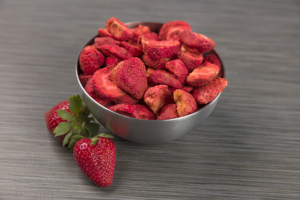


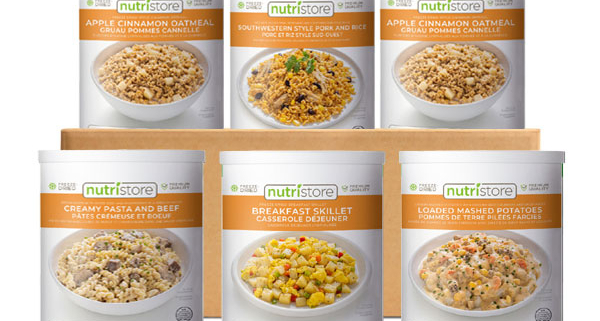
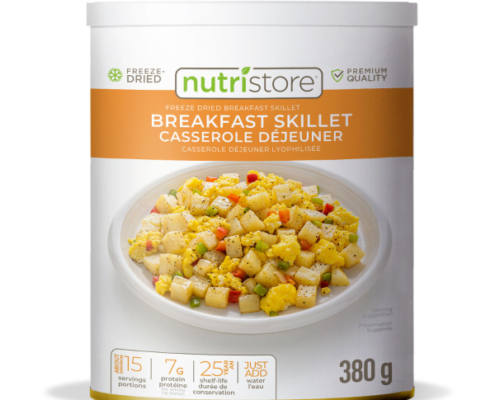
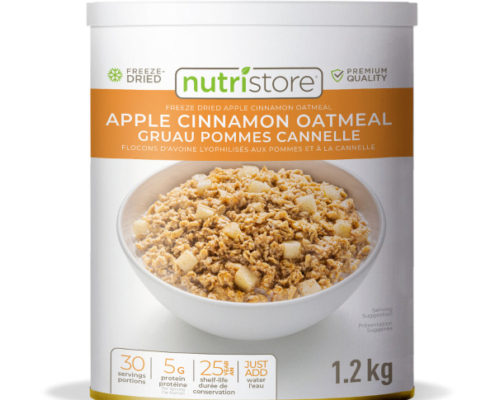

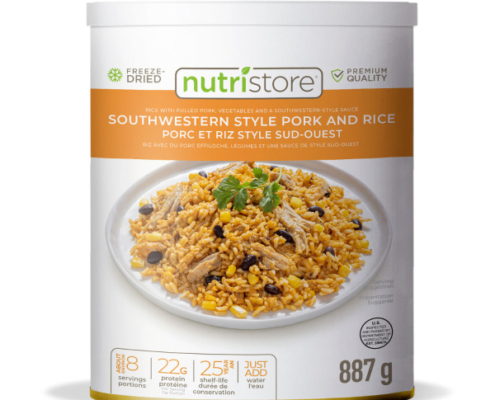

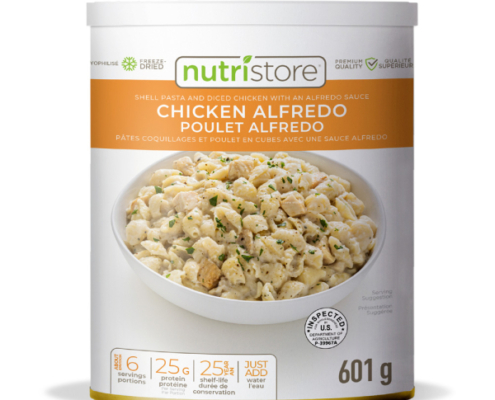
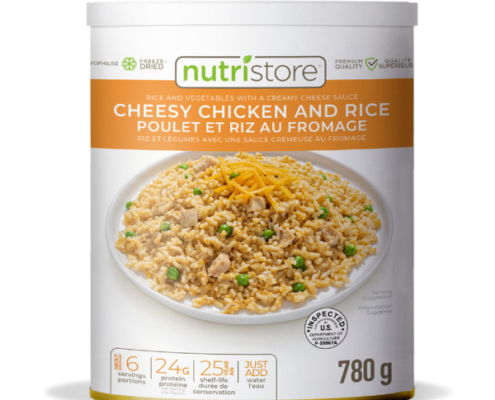
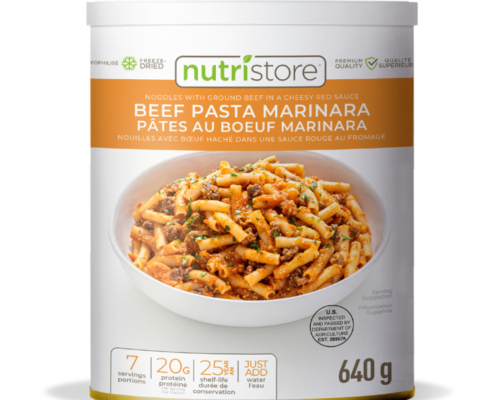
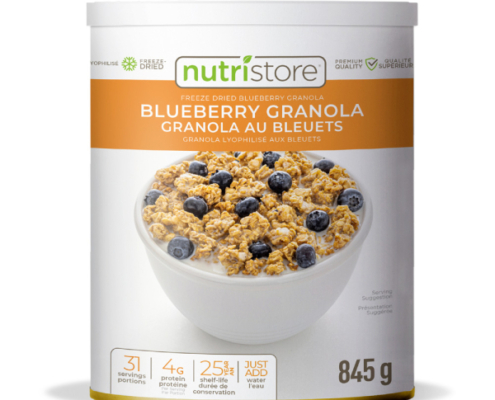
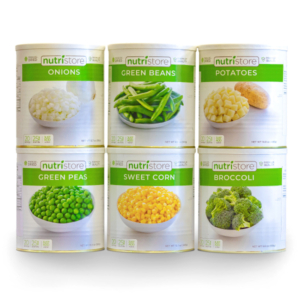



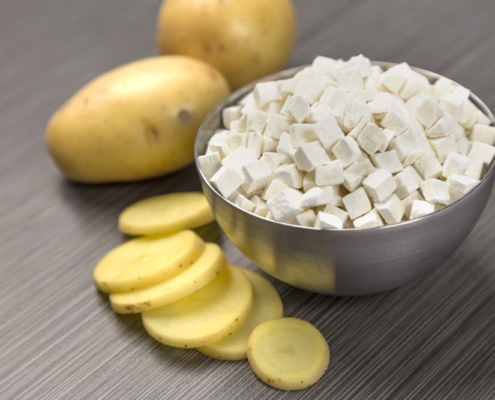

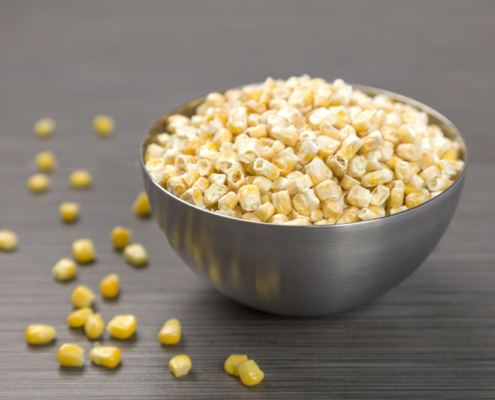
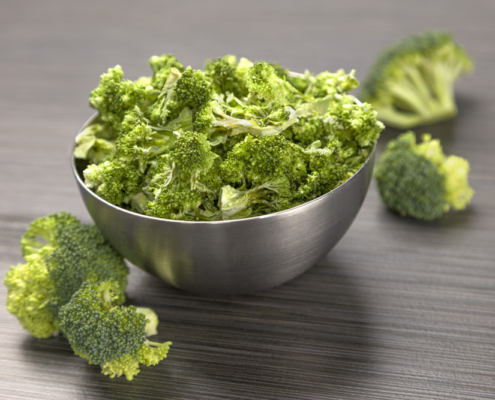

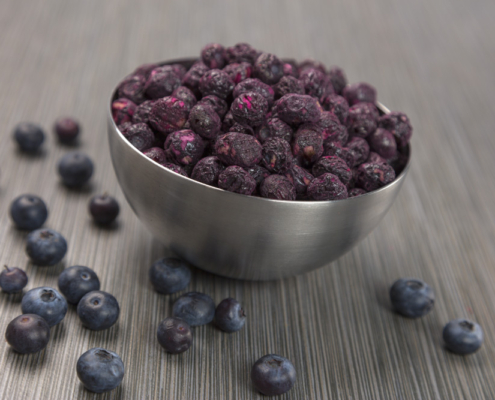
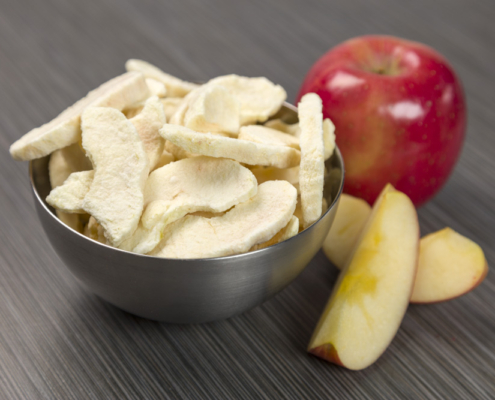
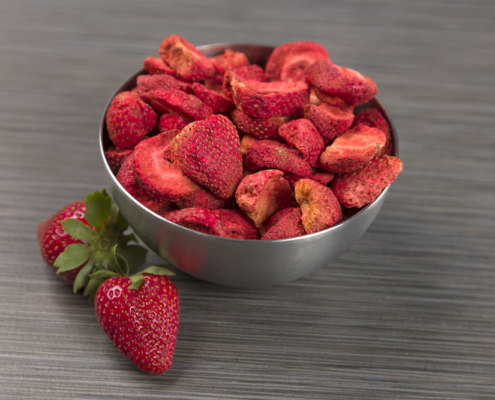




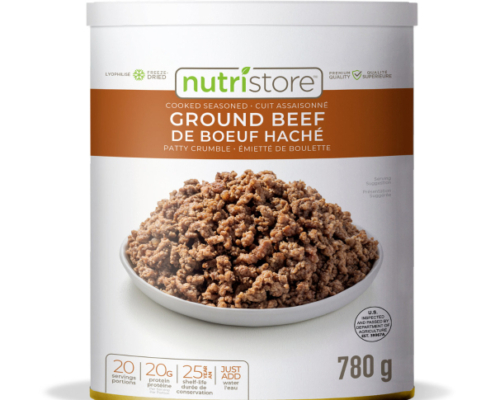

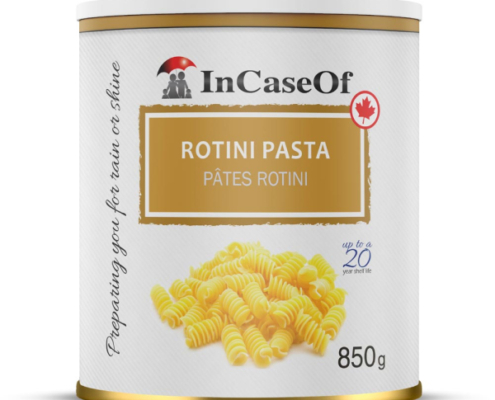

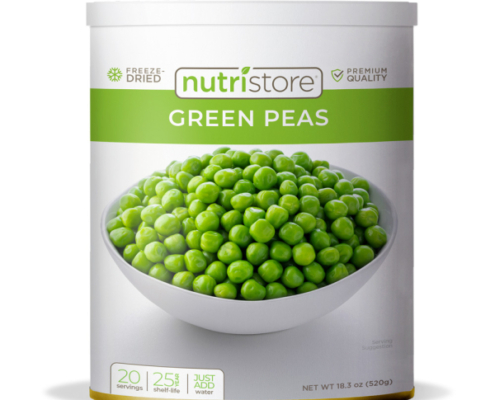
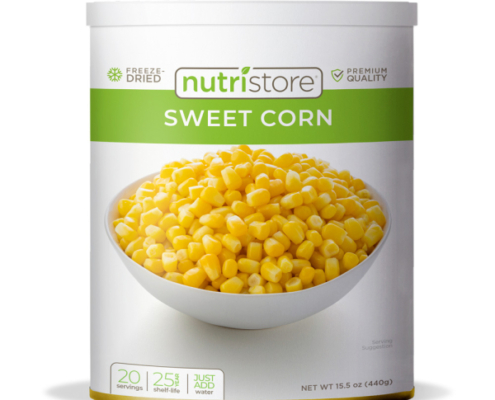
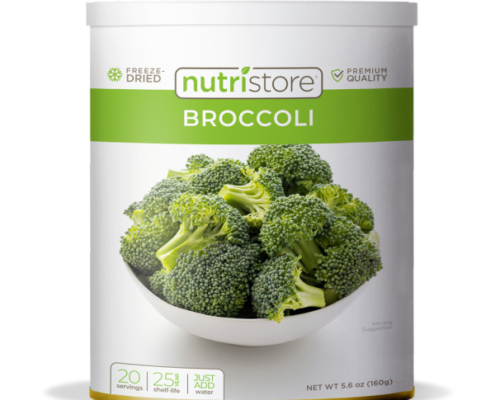
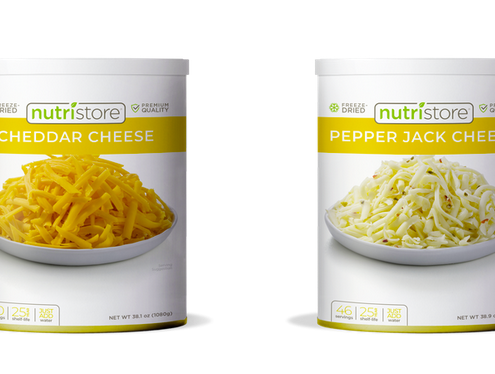
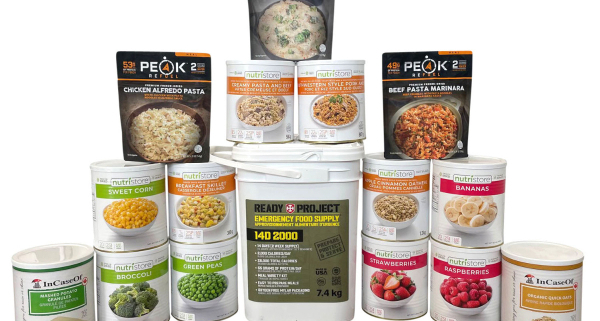

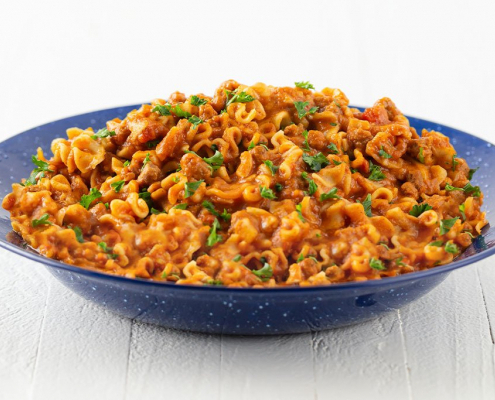
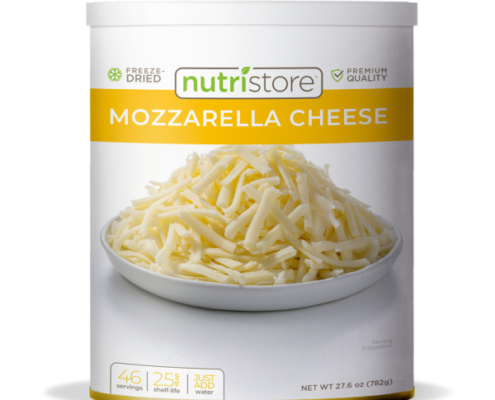


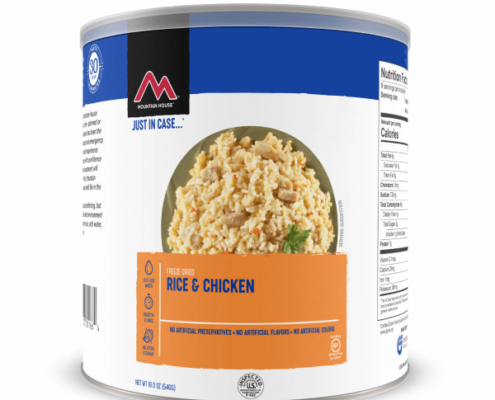
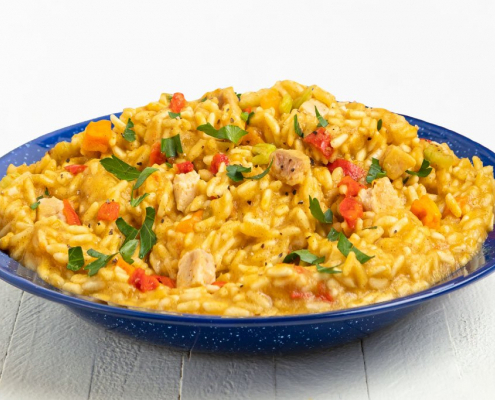


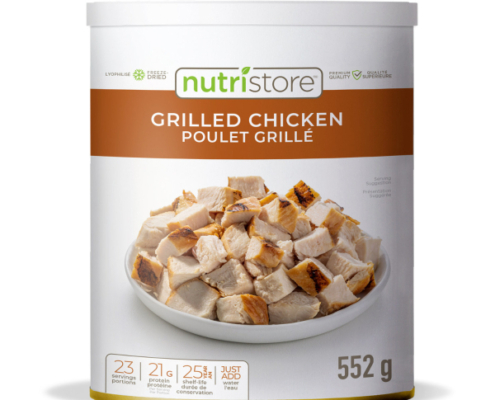
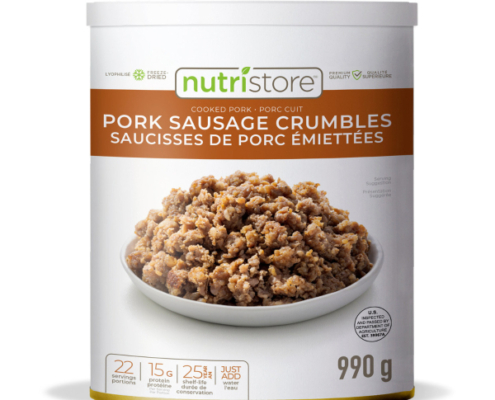
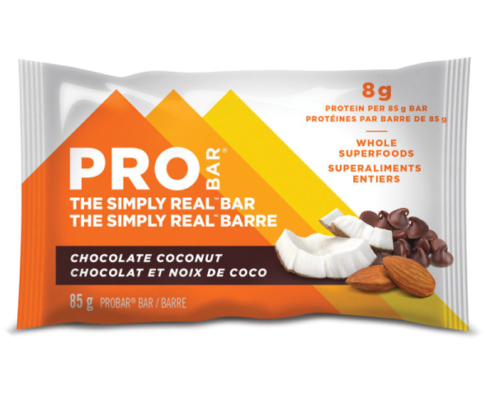


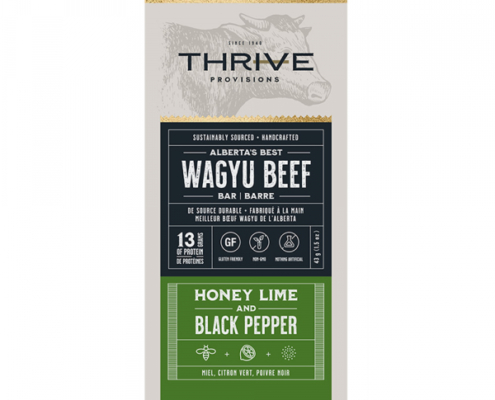


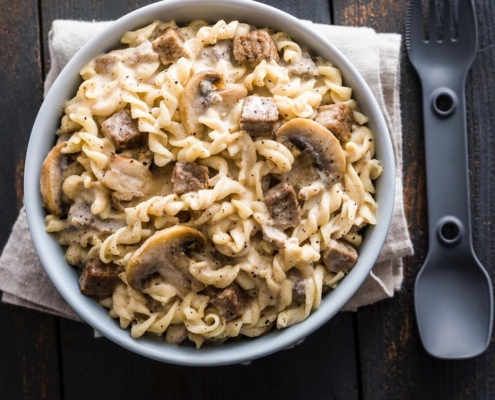
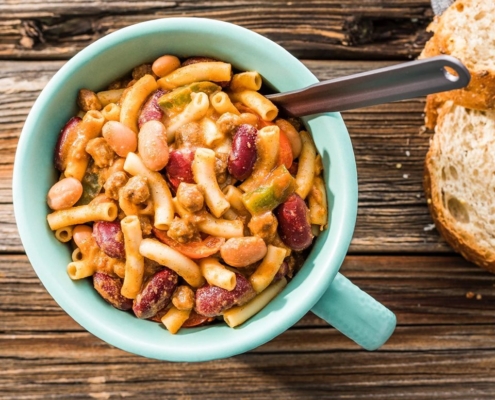


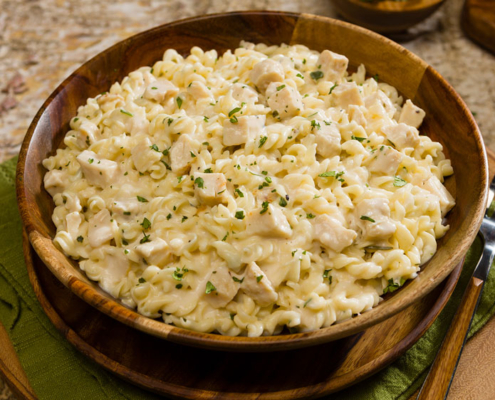

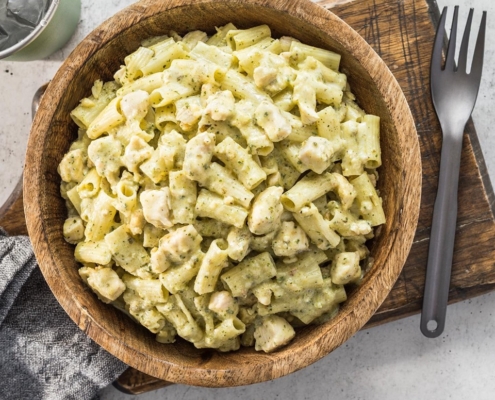




 ProBar is a power packed protein brand that make the crazy delicious
ProBar is a power packed protein brand that make the crazy delicious 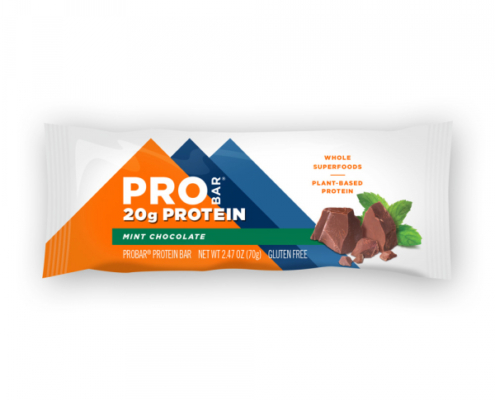
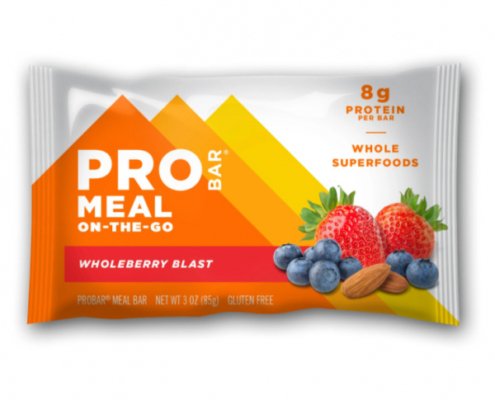
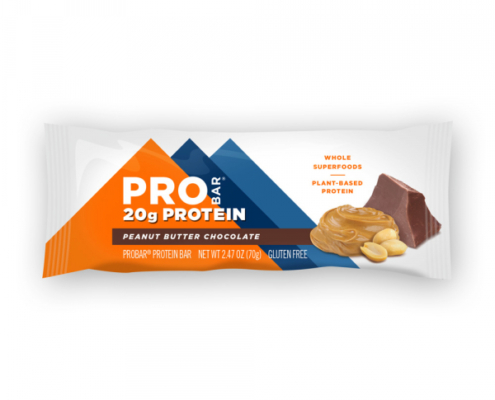
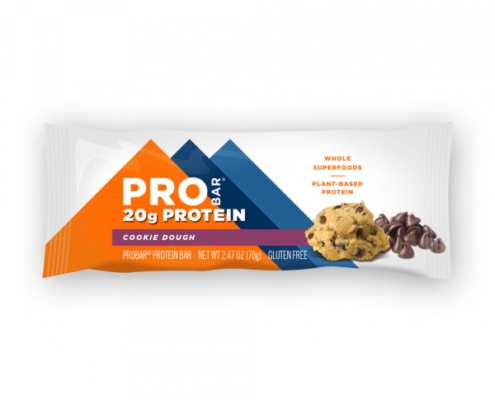
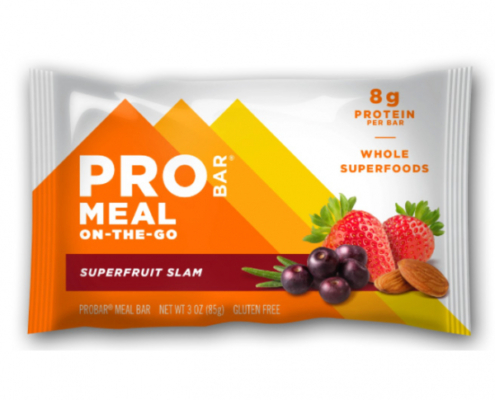


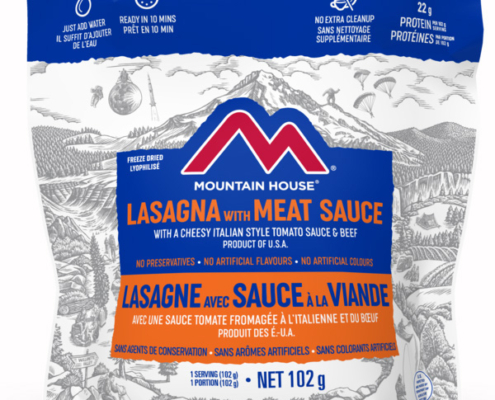
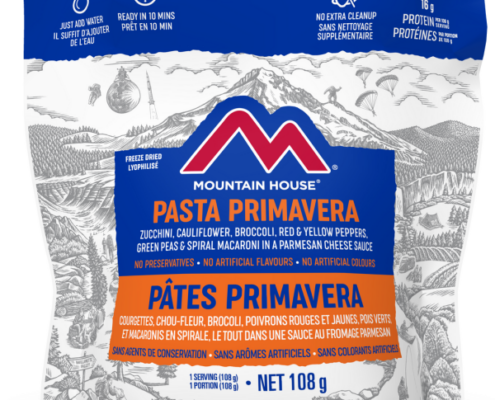
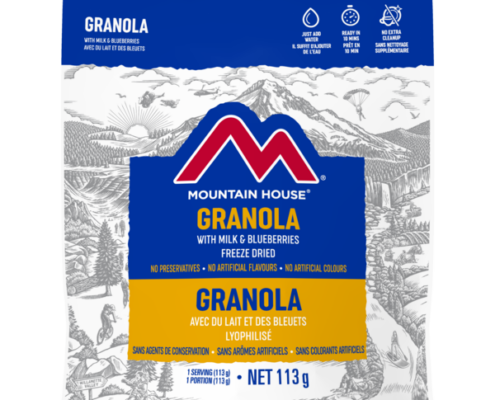

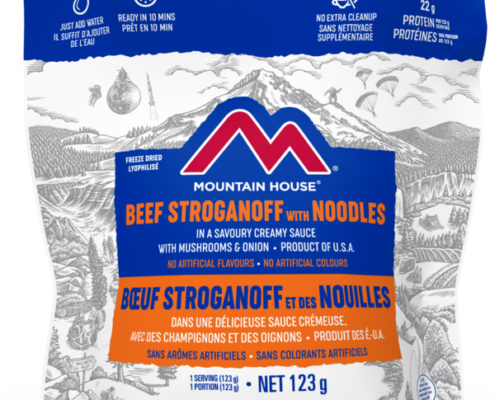
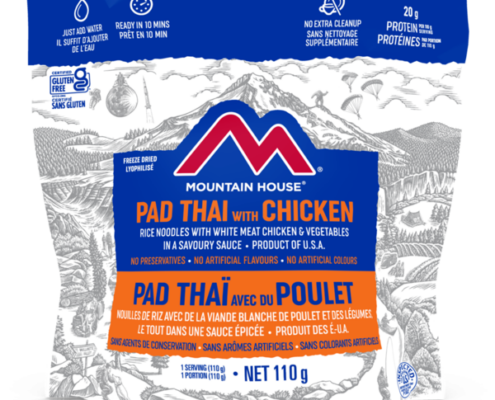

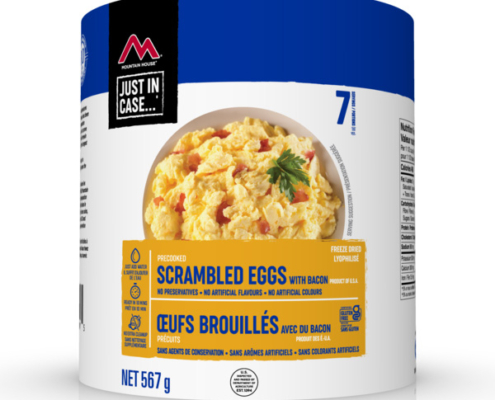

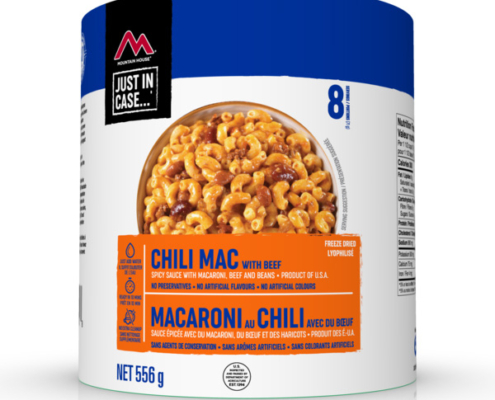
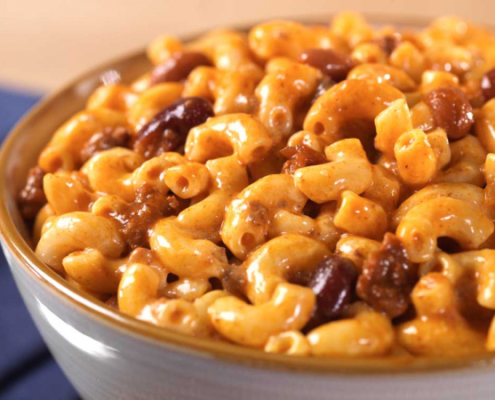





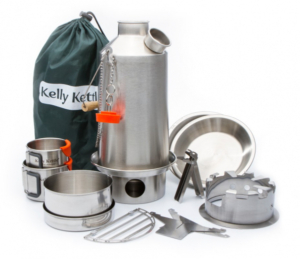
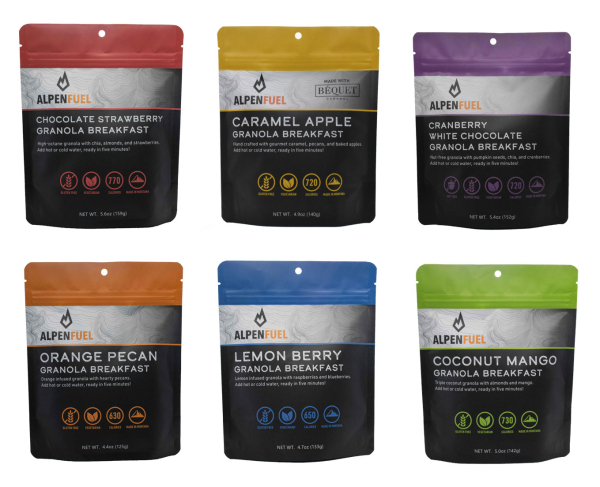


 include:
include:
